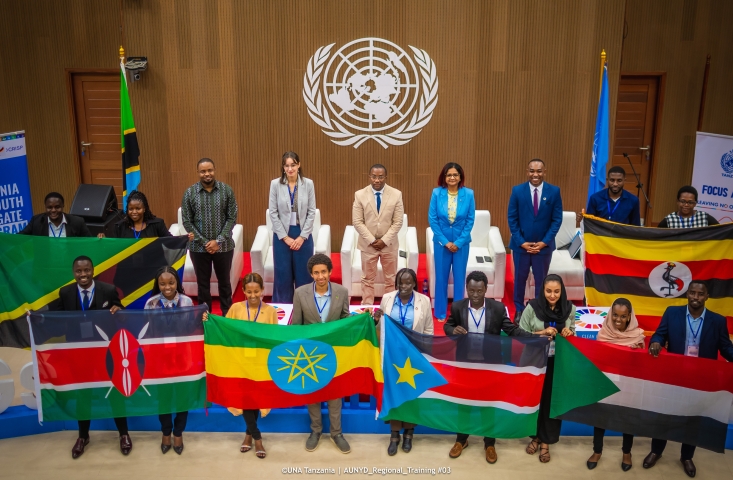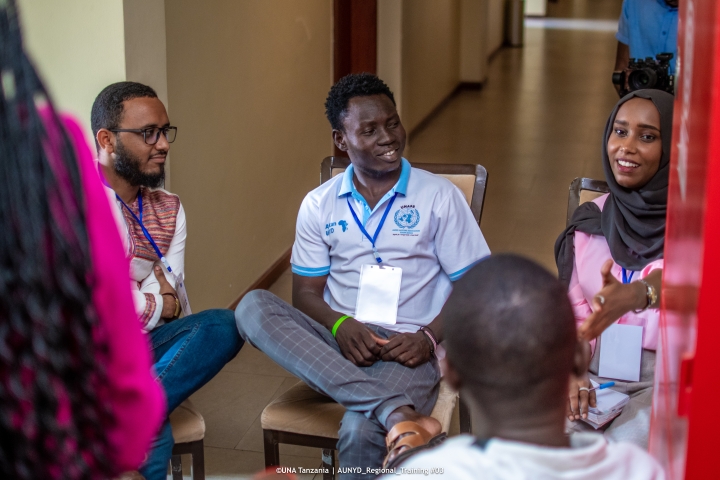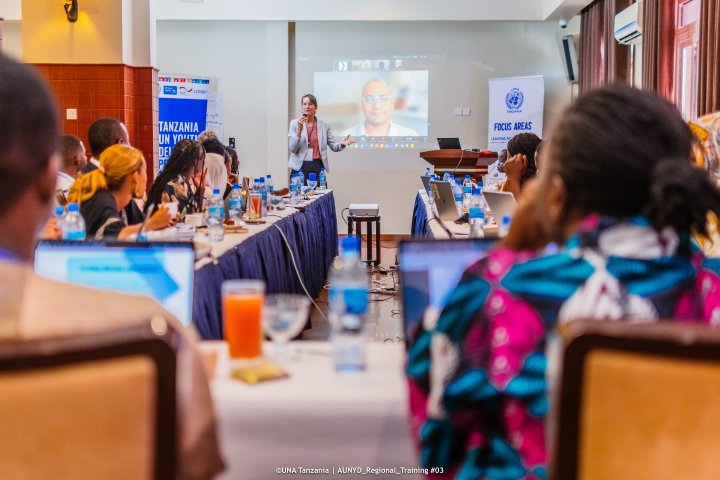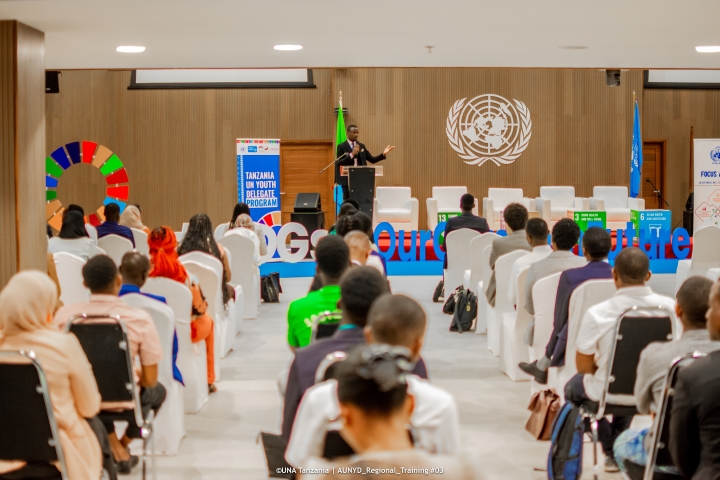The "Adoption Pact for the Future" refers to a collective commitment by nations, organizations, and global stakeholders to address the world's most pressing challenges and ensure a more sustainable, equitable, and peaceful future for all.
For African youths, this pact holds significant meaning and presents unique opportunities. Here’s what it could mean for African youth:
1. Greater Participation in Decision-Making
The "Adoption Pact for the Future" emphasizes inclusivity and a commitment to empowering marginalized groups, including youth. For African youths, this means more seats at the decision-making tables. Through frameworks like the SDGs and national development plans, African youths could see more opportunities to influence policies that directly impact their futures, from education and employment to climate action and governance.

2. Enhanced Access to Education and Skills Development
One of the key pillars of a future-focused pact is investing in education and skill-building. For African youths, this could mean expanded access to quality education, vocational training, and digital literacy programs. Such investments are critical to equipping young people with the skills they need to thrive in a rapidly evolving global economy, driven by technology and innovation.
3. Employment and Economic Opportunities
Africa has the world’s youngest population, and the future of the continent’s economic growth hinges on unlocking the potential of its youth. The "Adoption Pact for the Future" could push for stronger economic policies that create decent jobs, support entrepreneurship, and boost youth-led innovations. This will be crucial for addressing youth unemployment, which is a significant issue in many African countries.

4. Tackling Climate Change
African youths are disproportionately affected by the impacts of climate change, such as droughts, floods, and food insecurity. The pact will likely include stronger commitments to environmental protection and sustainable practices, providing African youths with platforms to advocate for climate justice. Youth-led initiatives, especially in rural areas, can become more influential in shaping Africa's green future through agriculture, conservation, and clean energy solutions.
5. Bridging the Digital Divide
The pact could drive global cooperation to bridge the digital divide, providing African youth with greater access to the internet, digital tools, and opportunities in the growing tech industry. As the world becomes more interconnected, the ability to leverage technology for education, business, and social change will be pivotal for African youths to compete and thrive globally.
6. Social and Political Inclusion
Many African youths feel excluded from political processes. The "Adoption Pact for the Future" encourages more inclusive governance and civic participation. African youths could benefit from initiatives that promote their involvement in democratic processes, peacebuilding, and leadership at local, national, and global levels.

7. Addressing Inequality and Social Justice
The pact likely underscores the importance of reducing inequalities and ensuring justice for all, regardless of race, gender, or socioeconomic status. For African youth, this could translate into stronger policies aimed at fighting systemic inequalities that prevent them from fully participating in economic, social, and political life.
8. Hope for a Better Future
At its core, the "Adoption Pact for the Future" is about ensuring that future generations inherit a world that is better than today. For African youth, this pact is a signal of hope—hope that the global community is committed to addressing issues such as poverty, inequality, and climate change and that their voices and actions are central to building a better tomorrow.

The "Adoption Pact for the Future" signifies a commitment to a future where African youth are not just passive beneficiaries but active participants in shaping the world they want to live in. It provides a framework for addressing challenges while empowering youth to lead in creating sustainable solutions across the continent.
Author: Stella Aswani- Communications Officer, SDGs Kenya Forum
